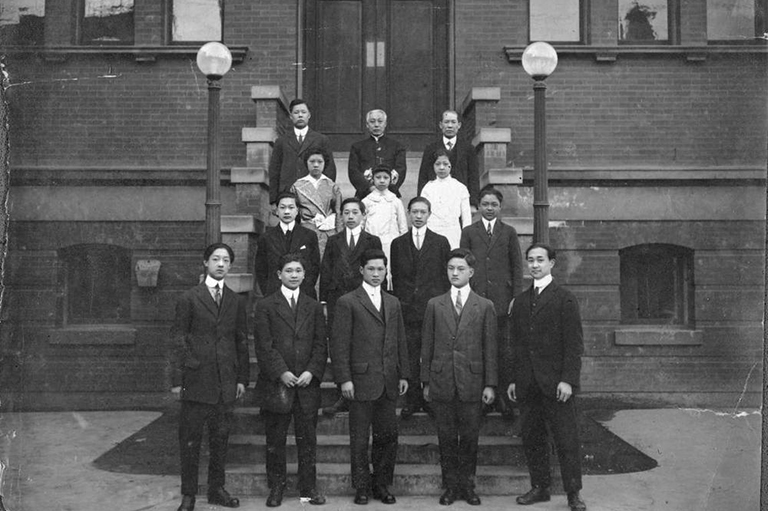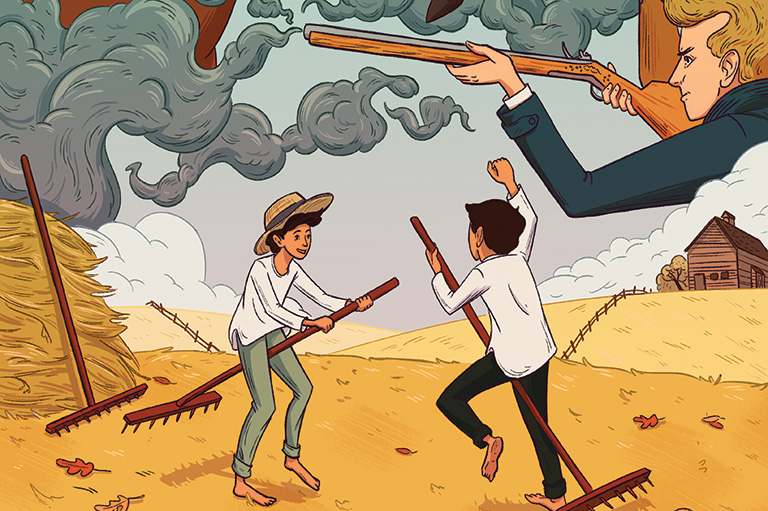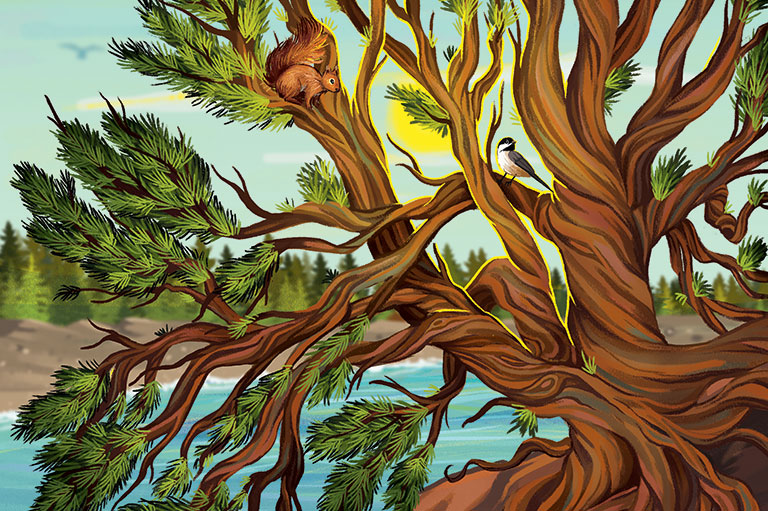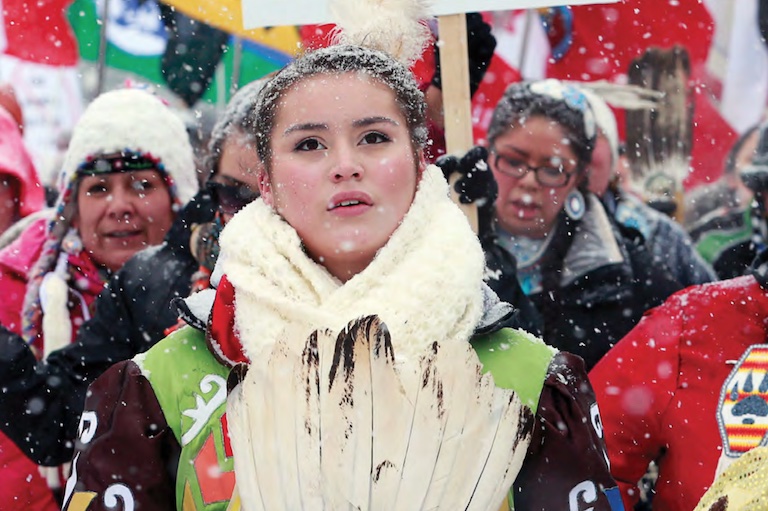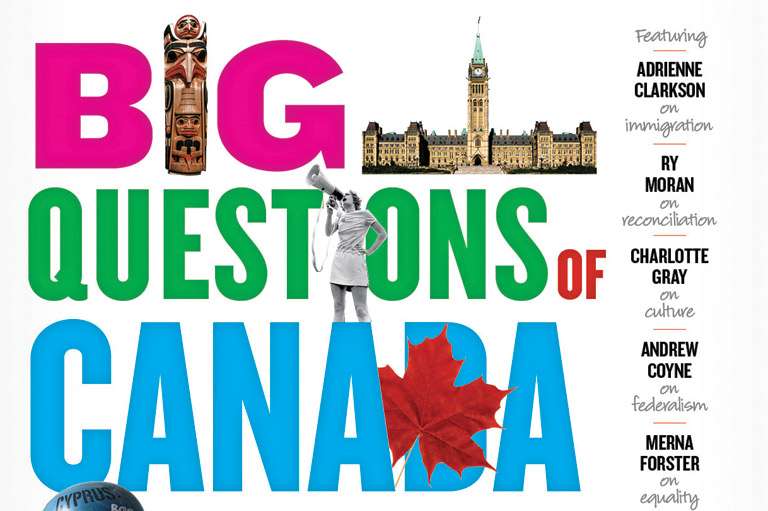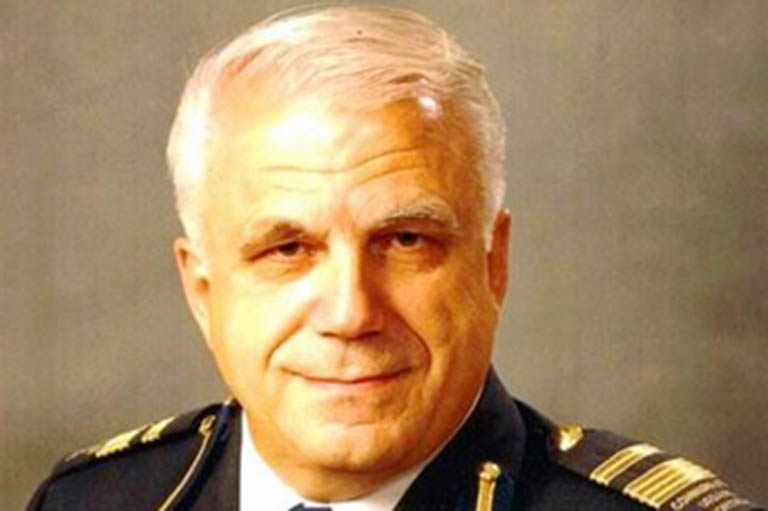Jonrahdesgó:wah
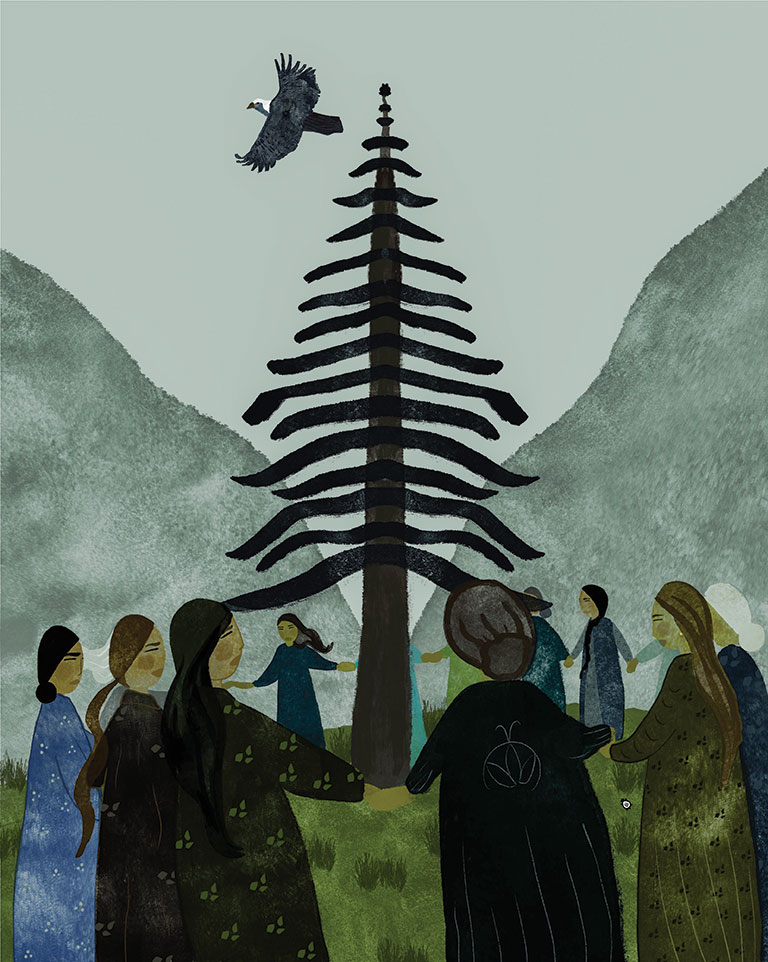
Many hundreds of years ago, my people — the Haudenosaunee — were living amidst great turmoil and conflict. War was causing much fear, grief and sadness.
At this time, a man who later came to be known as the Peacemaker was born. His grandmother took him and his mother to live in the village where she had been raised, after she was told in a dream about the important message her grandson had come to deliver.
The boy began to speak to the people in his village. He first counselled the children that it was not good to fight, telling them they should be kind to others.
The children went home and told their parents. Curious, the parents asked him to share his wisdom with them. He agreed and invited the entire village to come and listen. Then he told them that the time of the good message was upon them, and it was time to set aside war and work toward peace.
Soon after, the Peacemaker left to visit five other nations and share the same message with them, travelling both by foot and canoe. The journey was long, and the work undertaken with great care, though sometimes the Peacemaker met resistance when people were nervous to set aside their weapons for fear of being attacked by another nation.
But slowly, and with the help of others, including a woman named Jikonsaseh and a man named Hiawatha, he was able to bring the leaders of the Seneca, Onondaga, Cayuga, Oneida and Mohawk nations together. Once they had all gathered, he shared with them the work they needed to do to keep the peace they had created.
He used the eastern white pine, a great tall tree of long leaves that people could come and take refuge beneath, as a symbol. Underneath this tree, the nations would place all of their instruments of war, and the tree’s great roots would spread out across the land. People could follow them from each of the four directions back to the tree.
Above would circle an eagle, who would alert them to anything that might threaten their peace. Chiefs and clan mothers were appointed to stand together around the tree, and to work with the people to create a peace that was everlasting and always growing.
The Great Tree of Peace, then, represents both the immense effort of these five nations (later six) to build a lasting, peaceful relationship, and a way to extend this peace to others.
Today, the Tree of Peace continues to remind us to use our ways and knowledges to further the goals of peace, friendship and unity.
The name of the Great Tree of Peace is pronounced Joan-ra-days-go-wa.
Themes associated with this article
Advertisement

